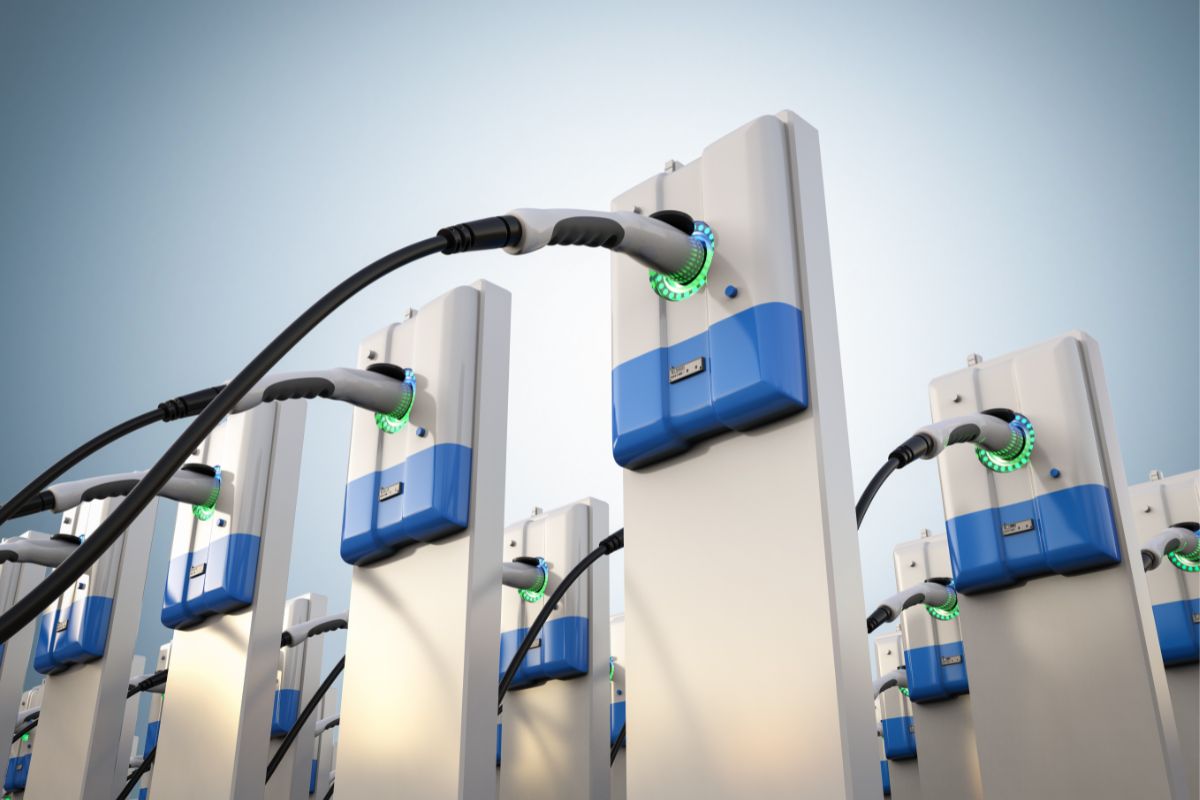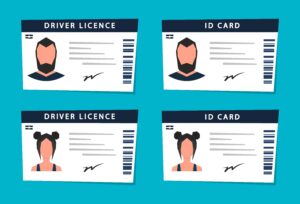The United States Department of Transportation (USDOT) just wrote the rules on electric charging. Up until that moment, electric charging was more like the wild west. You never knew what you were going to get when you pulled up to an EV charging station. Would they have the right charger? Would they have fast charging? Could they even charge your vehicle at all? All of these questions now have answers, and not a moment too soon. The Biden administration just passed their own legislation that will install and open thousands of EV charging stations across the country. Now they can build those charging stations with some idea of how to future-proof their projects. But what exactly does it mean to regulate electric vehicle charging stations?
The USDOT regulations help standardize everything from charging options to installation. Regulators hope to make EV charging as easy as filling up your gas tank. Not only do they want to make it easier, they want to make it consistent. This may be the hardest regulation that operators will have to maintain. The USDOT regulations cite that charging ports must have an annual uptime of at least 97%, which means that they must be operable at least 97% of the time. It is almost ironic that they mention the need to train more electricians across the country to install and maintain these EV chargers. Especially with the high uptime requirements, they may need to hire an electrician to keep on staff.
Not only do the EV chargers need to run consistently, they need to address issues in the communities. The regulations has language that helps states address their own individual geographic needs. Different communities will have different needs that cannot be predicted by the federal government. This can include the spacing and layout of the chargers and where the best place is to install them.
Many think that installing chargers in existing gas stations makes the most sense. After all, these stations are specifically located to help drivers commute all across the country. However, EV charging is a little different than filling your gas tank. Mainly, the time it takes. Even with EV fast charging, it still takes about 30 minutes. This is why 80% of all charging takes place at home and the majority of the last 20% takes place at the workplace. Regulators know that people don’t want to spend hours at the gas station while they wait for their cars to charge. This is the last key to the puzzle. Luckily for the federal regulators, they left that step to the states to handle.
Still, the hard part is done and we are all one step closer to making EV Charging stations as common as a gas station. This can certainly help people adopt electric vehicles even if they don’t have access to chargers because they live in an apartment or rely on street parking. With the regulations complete, Biden’s infrastructure bill can roll out the first wave of charging stations that will be ready and manageable for years to come.




